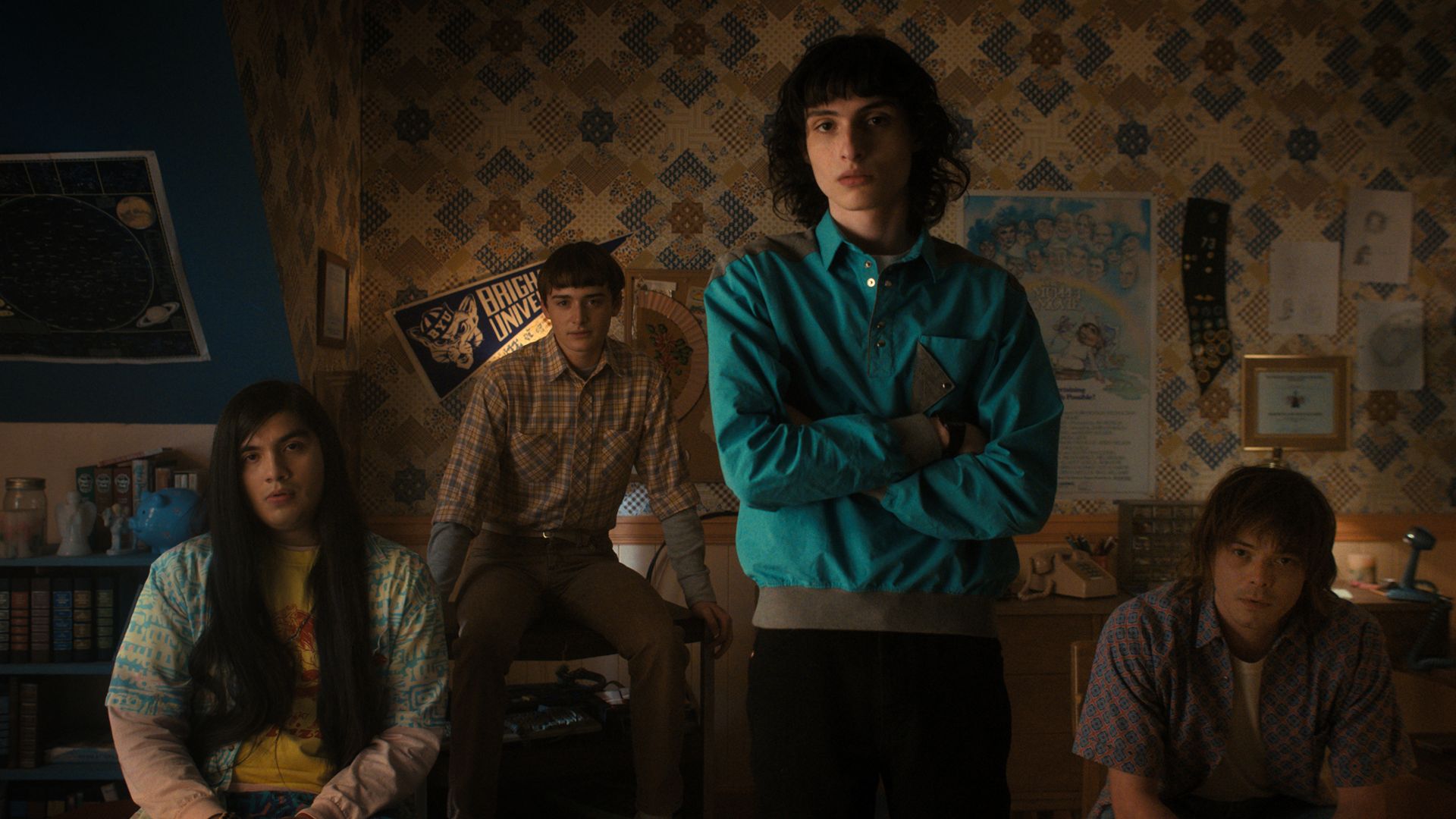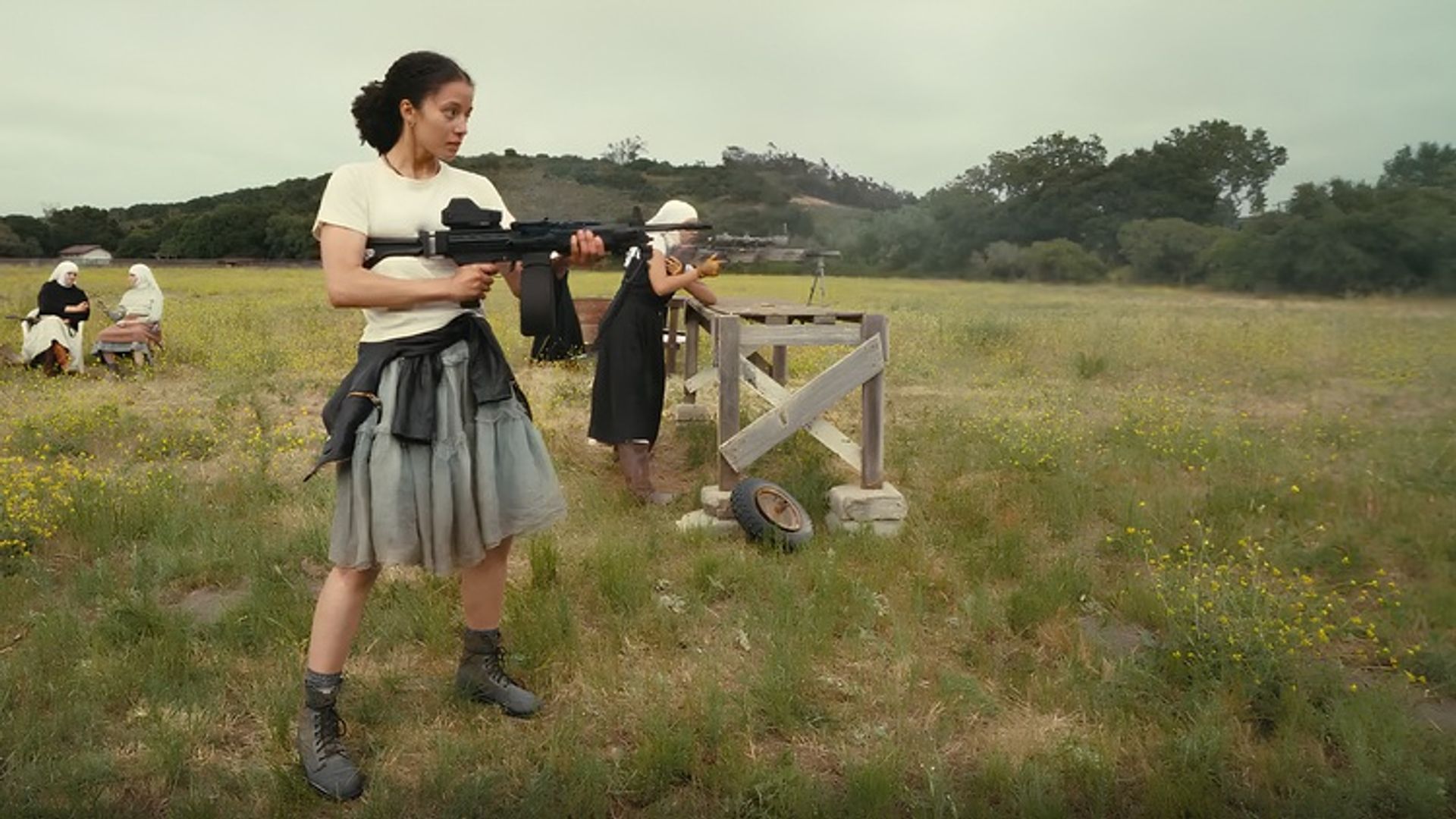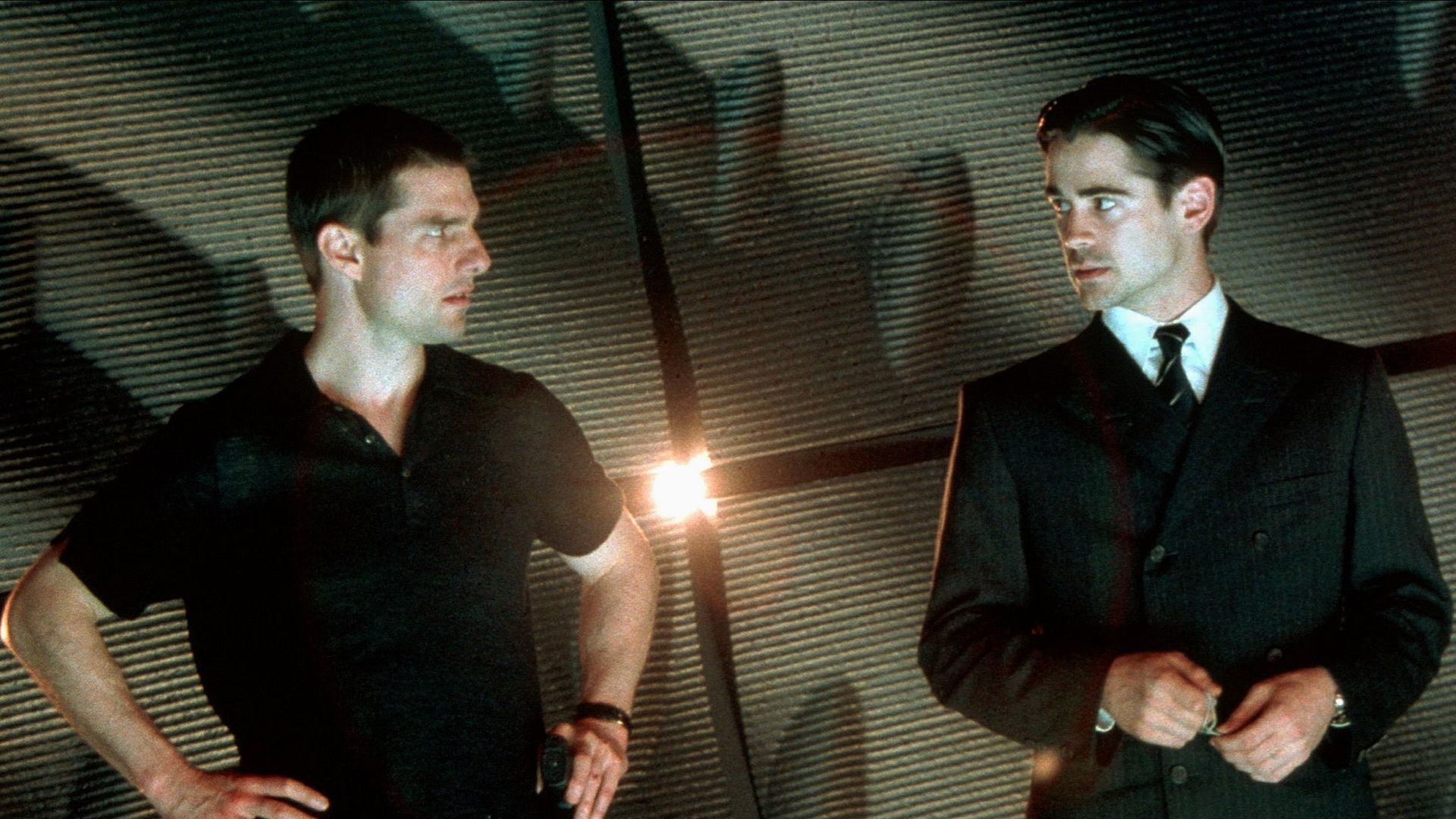Why does a black-and-white film about a French teenager, made over 60 years ago, still touch people's hearts? Let's explore this together with the editors of zoomboola.com.
Not Just "A Story About a Troubled Child"
"The 400 Blows" boldly steps beyond the bounds of an ordinary grim drama, transforming into a pulsating story of untamable youth. At the center of the plot is a teenager, Antoine Doinel (Jean-Pierre Léaud). Director François Truffaut follows him with the meticulousness of a documentarian, showing how an indifferent system and uncomprehending parents can drive a child into a correctional facility.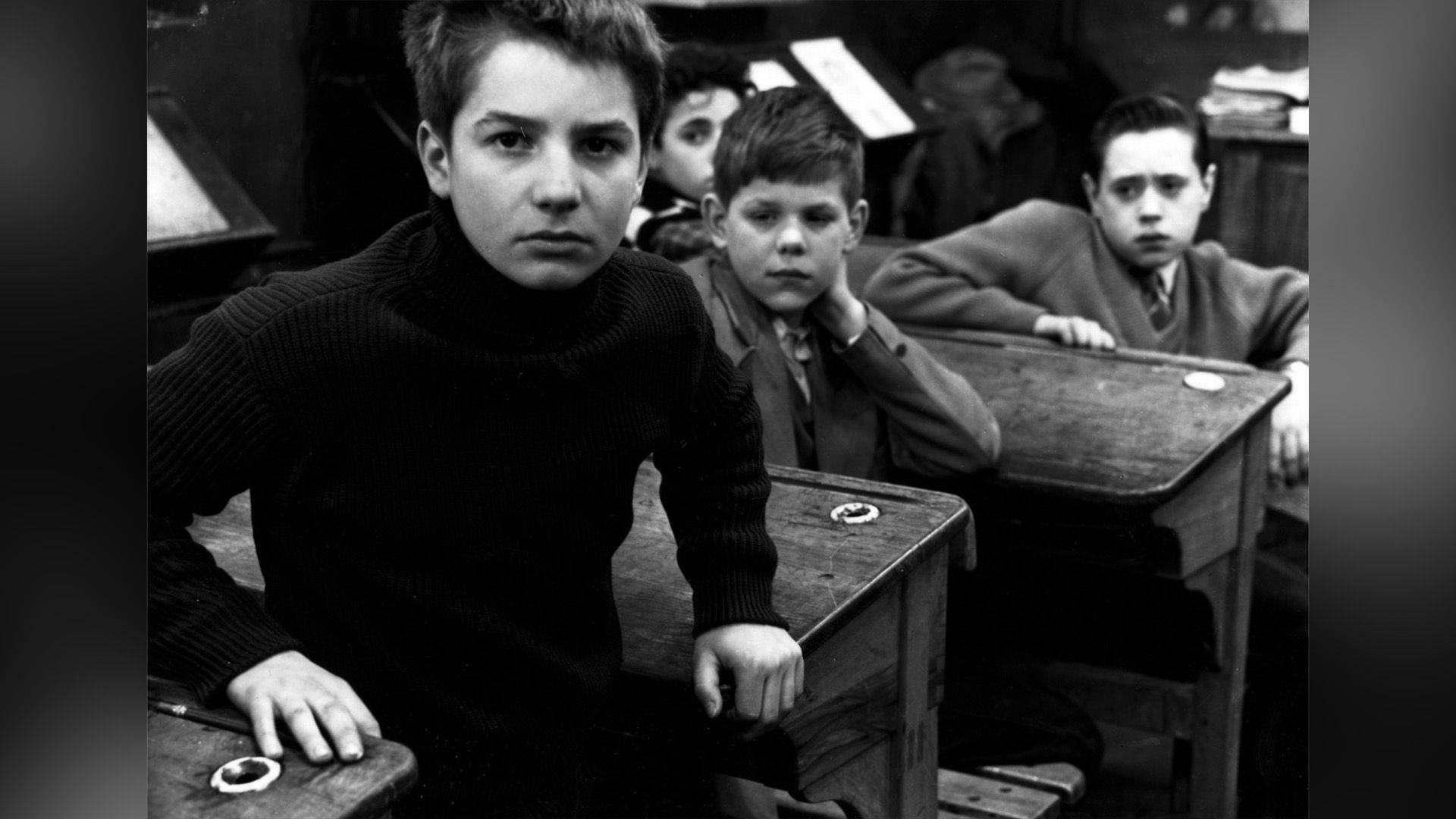
Source:
imdb.com
Moreover, the director does not dramatize the situation but depicts childhood without embellishments or excessive pathos. No wonder Roger Ebert called "The 400 Blows" "one of the most touching stories ever written about a teenager."
How Truffaut Saved French Cinema
The 1950s were, to put it mildly, dull for French cinema. Studios churned out uniform dramas full of pretentiousness and theatrical poses. Then Truffaut appeared with his lively and sincere film, breaking all traditional filming rules.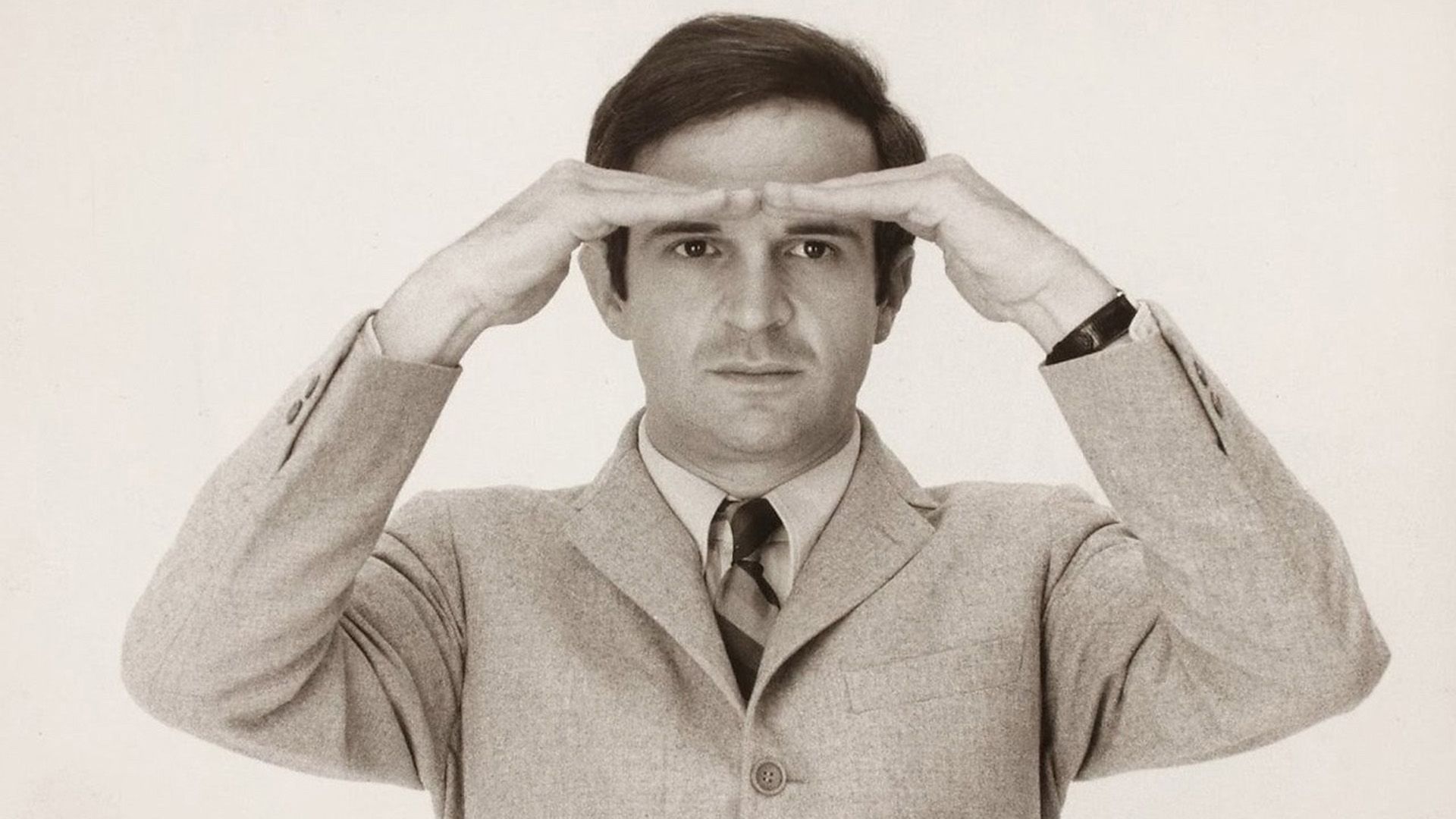
"We had not seen in France a film that so brilliantly and startlingly demonstrated an explosion of fresh creative talent in the field of direction," says Bosley Crowther in a review for The New York Times.
Paris as the Main Character
From the opening frames of "400 Blows," it's clear: Truffaut celebrates Paris, transforming it into a full-fledged character in the film. Even in the darkest moments of the narrative, the capital retains its enchanting charm.Here is Antoine in the morning cold, breaking the ice in the fountain at the Church of Saint-Trinité—just a brief moment, yet so vivid. And there he is with a friend, heading to the Champs-Élysées, to the famous department store, where their first crime awaits them.
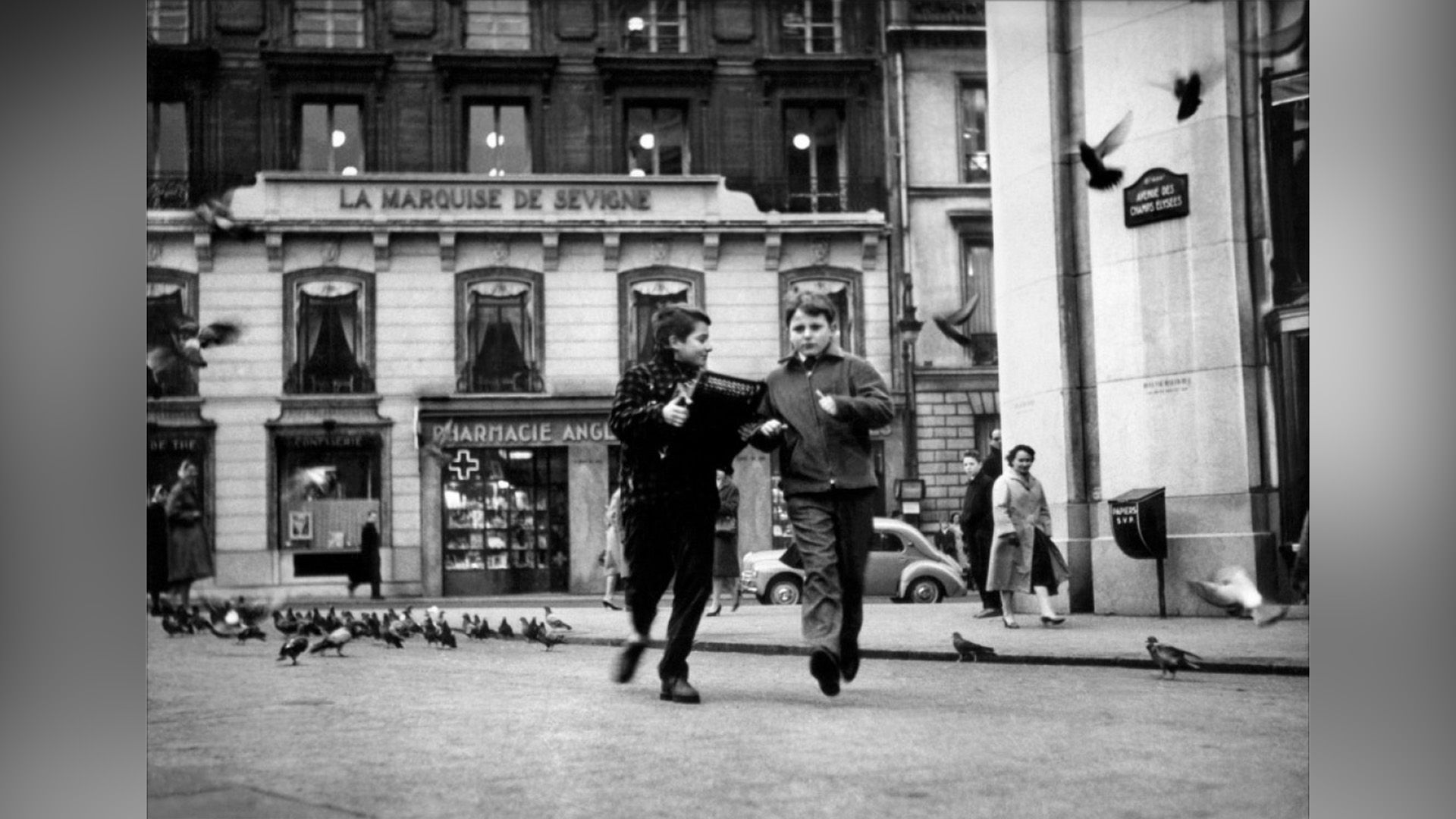
Source:
imdb.com
"Emotions surge rapidly: Paris, the late fifties, France that is no more (or is it?), 13 years old—a turning point of youth and an insatiable thirst for freedom..." writes journalist Agnès Poirier.
The Unforgettable Ending
If "The 400 Blows" were merely a story about a troubled teenager, it would be lost among thousands of others. But the film has an ending that lingers. The final shot—Antoine's frozen face as he stands on the ocean shore. He ran towards freedom, but now he doesn't know what to do next. What will happen to him? What will happen to all of us? This question remains open.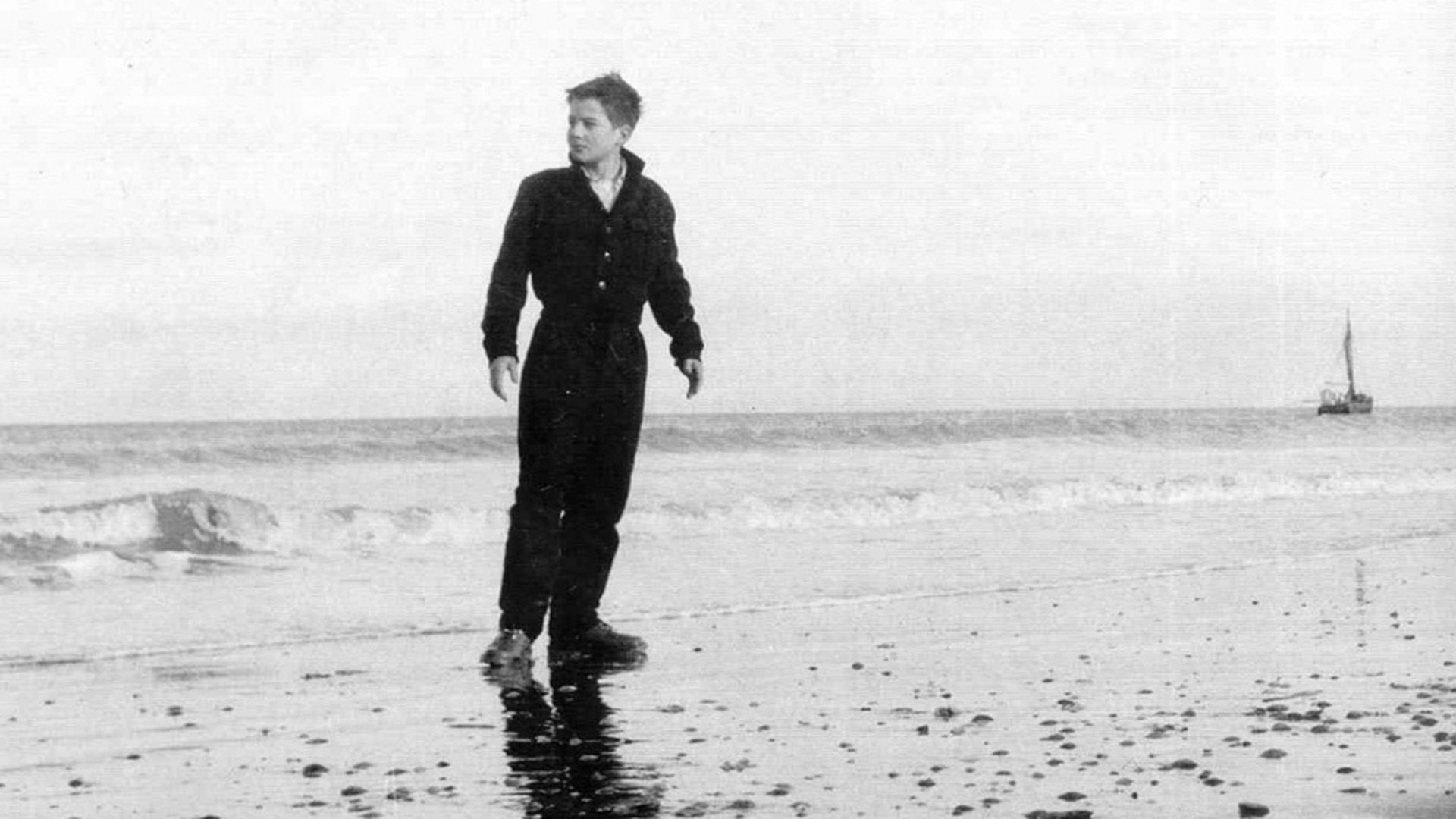
Source:
imdb.com
A Film That Changed Cinema and Inspired the Greats
"The 400 Blows" is remarkable for many reasons. It is considered one of the first autobiographical commercial films. The story, based on the director's personal experience, depicted real life unvarnished, which was rare for its time. It is no surprise that the film was nominated for an Oscar and received six awards at other film festivals.Truffaut's film left a deep mark on world cinema, inspiring a whole generation of directors. Akira Kurosawa called "The 400 Blows" "one of the most beautiful films he had ever seen"—and it's hard to argue with that.

Source:
imdb.com
The list of admirers doesn't end there. Woody Allen has often admitted that he learned the subtleties of working with character and atmosphere from Truffaut.
Decades later, "The 400 Blows" still sets the tone in cinema. Modern coming-of-age stories, such as Richard Linklater's "Boyhood" and Greta Gerwig's "Lady Bird," largely inherit Truffaut's sincerity, paying special attention to details and the inner experiences of the characters. These techniques were once boldly introduced into cinema by the French master.
Recognition from Viewers and Critics — A Film That Became a Classic
Not only legendary directors fell in love with this film. Viewers also appreciated its power and continue to give it top marks to this day. For example, on Rotten Tomatoes, users gave the film 99% "freshness" — a rare case where a film is considered nearly perfect.Why You Should Watch This Film Right Now
You might not love arthouse cinema. You might not be interested in the French New Wave. But "400 Blows" is not just a film; it's an experience. It's an honest, simple, and poignant story about a teenager who is overlooked by the entire world.It hasn't lost its relevance over 60 years and is unlikely to lose it in another 60. And if Kurosawa, Spielberg, and Allen all call this film great—perhaps it's time to see it for yourself?
Have you watched "400 Blows"? What do you think the last shot of the film means? Share your thoughts in the comments!

